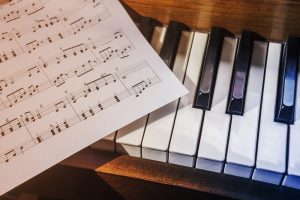Table of Contents
Come join us now, and enjoy playing your beloved music and browse through great scores of every level and styles!
Can’t find the songbook you’re looking for? Please, email us at: sheetmusiclibrarypdf@gmail.com We’d like to help you!
The Soul of the Samba: An Exhaustive Exploration of Bossa Nova
Browse in the Library:
Or browse in the categories menus & download the Library Catalog PDF:
Bossa Nova, translating literally to “new trend” or “new wave,” is far more than just a musical style. It is a cultural artifact, a sophisticated artistic movement born in the late 1950s in the affluent beach neighborhoods of Rio de Janeiro, particularly Ipanema and Copacabana. It represents a subtle revolution, distilling the essence of Brazilian samba and infusing it with the harmonic and melodic complexities of cool jazz and impressionistic classical music, all delivered with an intimate, understated elegance.
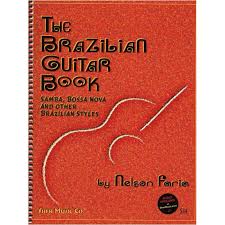
Best Sheet Music download from our Library.
I. History: Rio’s Intimate Revolution (Late 1950s – Mid 1960s)
- The Crucible: Post-WWII Brazil, especially Rio, experienced economic growth and cultural optimism. The middle and upper classes sought sophisticated entertainment reflecting their cosmopolitan aspirations, distinct from the vibrant but often raucous energy of traditional samba.
- Intellectual Hubs: Apartments in Copacabana and Ipanema, university campuses (especially the architecture faculty at Rio’s university), and small clubs (like the famous “Bottles Bar”) became incubators. Young musicians, composers, poets, and intellectuals gathered, sharing ideas and sounds.
- The Birth (1958): While precursors existed, 1958 is widely considered the annus mirabilis:
- Elizete Cardoso’s LP “Canção do Amor Demais”: Featured compositions by Antônio Carlos Jobim and Vinicius de Moraes. Crucially, two tracks (“Chega de Saudade” and “Outra Vez”) featured João Gilberto’s revolutionary guitar playing and vocal style. This was the blueprint.
- João Gilberto’s Single “Chega de Saudade”: Released later in 1958, this single, featuring his own voice and guitar, cemented the new sound. His unique rhythmic approach (“batida”) and whisper-soft, off-beat phrasing became the defining characteristics.
- The Name: The term “bossa nova” was initially used colloquially to describe anything new or stylish. Journalists and musicians (like singer Sylvinha Telles) began applying it to this emerging sound. Ronaldo Bôscoli’s article in 1959 titled “Bossa Nova: Uma Excelente Coisa” helped solidify the name.
- Domestic Rise (1959-1961): Albums like João Gilberto’s “Chega de Saudade” (1959), “O Amor, o Sorriso e a Flor” (1960), and “João Gilberto” (1961) became landmarks. Composers like Carlos Lyra, Roberto Menescal, and Nara Leão gained prominence. The movement spread beyond Rio.
- International Explosion (1962): The pivotal event was the Bossa Nova Concert at Carnegie Hall in New York City on November 21, 1962. Organized by record producer Sidney Frey, it featured Jobim, Gilberto, Menescal, Sergio Mendes, Agostinho dos Santos, Oscar Castro-Neves, Carlos Lyra, and others. While logistically chaotic, it introduced Bossa Nova to the American jazz world and media, creating massive buzz.
- Collaboration & Global Domination (1963-1964): The meeting of João Gilberto and Stan Getz resulted in the seminal album “Getz/Gilberto” (1963). Featuring Jobim and the debut of Astrud Gilberto on vocals, its single “The Girl from Ipanema” became a global phenomenon, winning multiple Grammys and embedding Bossa Nova into global pop culture. Countless jazz musicians embraced the style.
- Evolution and Dissolution (Mid-1960s Onward): By 1964/65, the original tight-knit movement had fragmented. The rise of military dictatorship in Brazil shifted the cultural landscape. Many artists evolved towards more overtly political or experimental forms within MPB (Música Popular Brasileira). Bossa Nova, however, had already left an indelible mark.
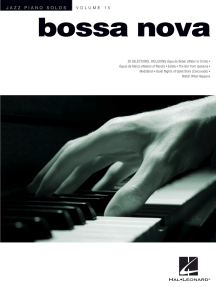
Please, subscribe to our Library.
If you are already a subscriber, please, check our NEW SCORES’ page every month for new sheet music. THANK YOU!
II. Key Musicians: The Architects of the Sound
- João Gilberto (1931-2019): The undisputed father of the Bossa Nova sound. His revolutionary guitar “batida” (a syncopated, damped thumb rhythm on the bass strings combined with chordal fragments on the higher strings) and his intimate, vibrato-less, rhythmically complex vocal phrasing (often slightly behind the beat) defined the genre’s aesthetic. A perfectionist and profound influence.
- Antônio Carlos Jobim (Tom Jobim) (1927-1994): The supreme maestro and primary composer. Blending Brazilian roots with sophisticated jazz harmony (influenced by Debussy, Ravel, Gershwin, and cool jazz) and classical structure, he created the genre’s most enduring melodies and harmonies (“Garota de Ipanema,” “Desafinado,” “Corcovado,” “Águas de Março”). Also a skilled pianist.
- Vinicius de Moraes (1913-1980): The “poetinha” (little poet). A diplomat and established poet, his sophisticated, lyrical, and often melancholic Portuguese lyrics provided the perfect vehicle for Jobim’s music. Their partnership (“Jobim-Vinicius”) produced most of the iconic songs. His earlier, more traditional samba-canção style also influenced Bossa Nova’s lyrical sensibility.
- Carlos Lyra (b. 1933): Represented the “left-wing” of Bossa Nova. Composed classics like “Maria Ninguém,” “Lobo Bobo,” and “Influência do Jazz” (critiquing excessive American influence). Co-wrote the musical “Pobre Menina Rica” with Vinicius. His style often had a stronger samba feel.
- Roberto Menescal (b. 1937): A key guitarist, composer (“O Barquinho,” “Você”), arranger, and producer. His smooth guitar playing was highly influential. Later became a major producer in Brazilian music.
- Nara Leão (1942-1989): The “muse of Bossa Nova.” Hosted seminal gatherings in her Copacabana apartment. Possessed a crystal-clear, understated vocal style. Though initially associated with the movement, she later embraced protest song and tropicalismo.
- Sérgio Mendes (b. 1941): Pianist and bandleader. Formed the seminal group “Brasil ’65” (later “Brasil ’66”), achieving massive international success by blending Bossa Nova with pop sensibilities and lush arrangements.
- Stan Getz (1927-1991): American saxophonist whose cool, lyrical tenor sound became synonymous with Bossa Nova internationally through his collaborations with Jobim and Gilberto (“Getz/Gilberto,” “Jazz Samba” with Charlie Byrd).
- Astrud Gilberto (1940-2023): João Gilberto’s wife at the time. Her untrained, ingenuous, and slightly accented English vocal on “The Girl from Ipanema” became iconic, launching her solo career.
- Others: Johnny Alf (a key precursor), Newton Mendonça (Jobim’s lyrical collaborator on early hits), Luiz Bonfá (composer of “Manhã de Carnaval” for “Black Orpheus”), Oscar Castro-Neves (guitarist/arranger), Baden Powell (guitarist who blended Bossa with Afro-Brazilian elements).
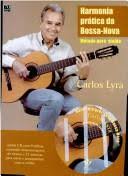
Descarga las mejores partituras de nuestra biblioteca.
III. Music Style: The Essence of Cool
- Rhythm: The heartbeat is a distilled, sophisticated samba rhythm. Key elements:
- Guitar “Batida”: João Gilberto’s technique – thumb plays a steady, syncopated 2/4 pattern on bass strings (often root-fifth or root-fifth-flat seventh), while fingers pluck syncopated chord fragments on higher strings, creating a complex, interlocking groove. Emphasizes beats 1, the “and” of 2, and 4.
- Surdo “Telephone” Beat: Drummers often mimic the bass drum (“surdo”) role of samba with a simplified pattern on the snare or tom: accenting beat 2 and the “and” of 2 (or sometimes just beat 2 and beat 4), creating a distinctive “bump-ba-dump” feel.
- Overall Feel: Relaxed, subtle, syncopated, with a gentle “sway” or “push-pull.” Avoids the driving intensity of traditional samba baterias. Tempo is usually moderate.
- Harmony: Deeply sophisticated and a defining characteristic.
- Extended Jazz Chords: Dominant 7ths, Major 7ths, Minor 7ths are foundational. Extensions like 9ths, 11ths, 13ths, and alterations (#11, b9, #9) are used liberally and fluidly.
- Altered Dominants: Dominant 7th chords frequently altered (b9, #9, #11, b13) for tension and color.
- Suspended Chords: Sus4 chords are prevalent, creating ambiguity and tension before resolution.
- Modal Interchange: Borrowing chords from parallel modes (e.g., using a IV minor chord in a major key).
- Chromaticism: Smooth voice leading and chromatic passing chords create fluid, sophisticated progressions. Diminished and half-diminished chords are common passing chords.
- Modulations: Often subtle key changes within a song.
- Melody: Elegant, lyrical, often conjunct (step-wise motion), but featuring sophisticated leaps. Designed to float over the complex harmony. Vocal delivery is intimate, soft, nuanced, with subtle phrasing often slightly behind the beat (“rubato” feeling within strict tempo). Instrumental melodies share this lyrical quality.
- Form: Often follows standard popular song forms (AABA, ABAC), sometimes with extended introductions or codas. Jobim in particular used sophisticated structures.
- Texture: Generally light and transparent. Acoustic guitar is central. Piano often provides harmonic color and countermelodies. Bass lines are melodic and walking-inspired. Drums/percussion are restrained. Emphasis on space and clarity.


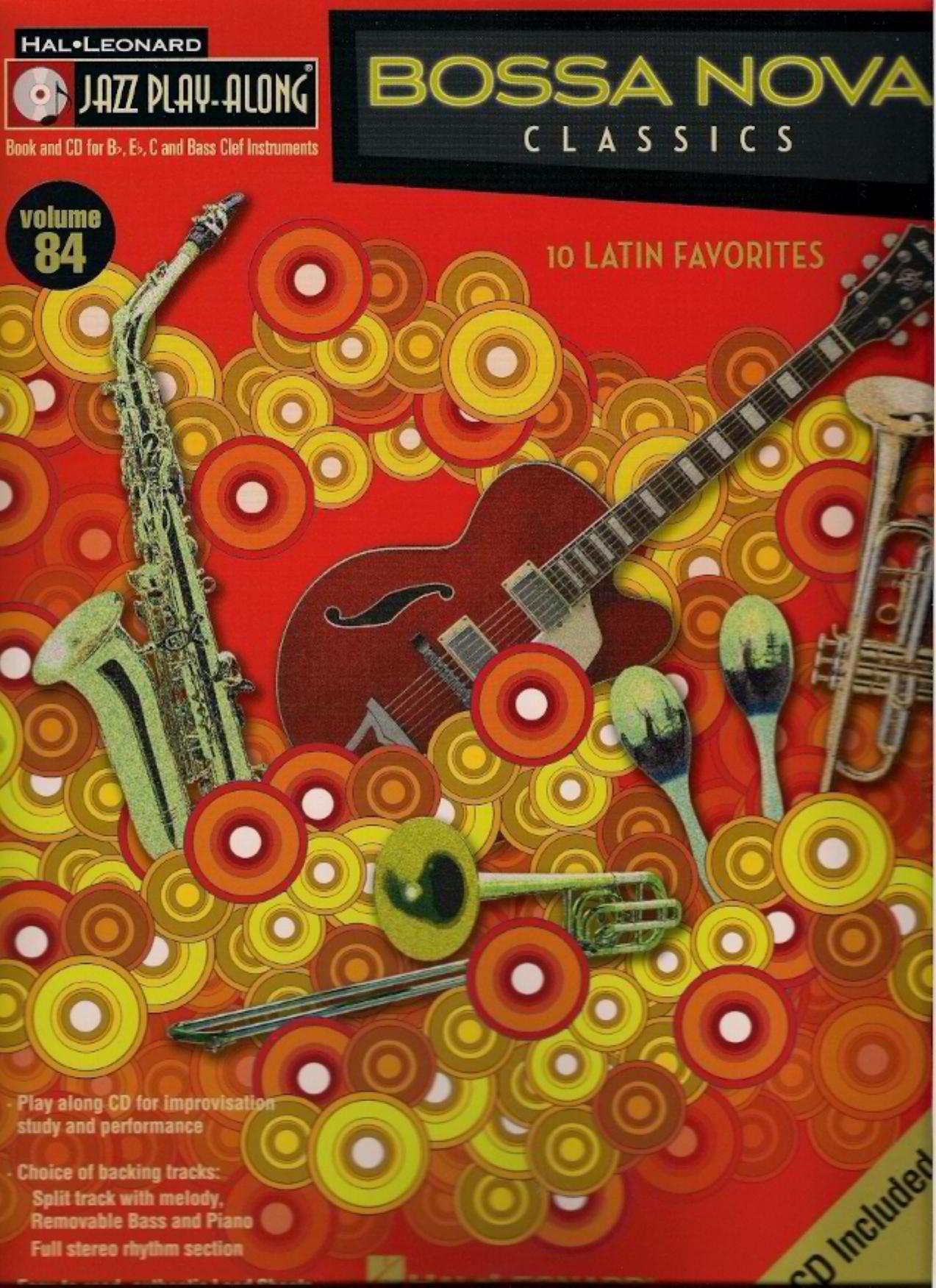
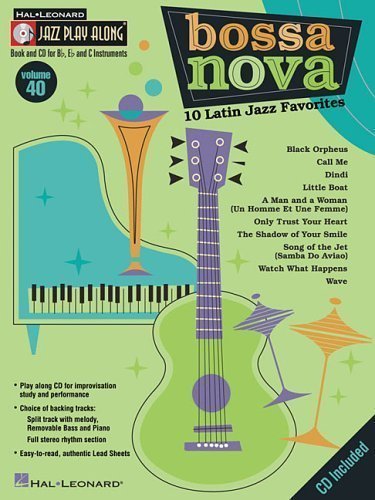
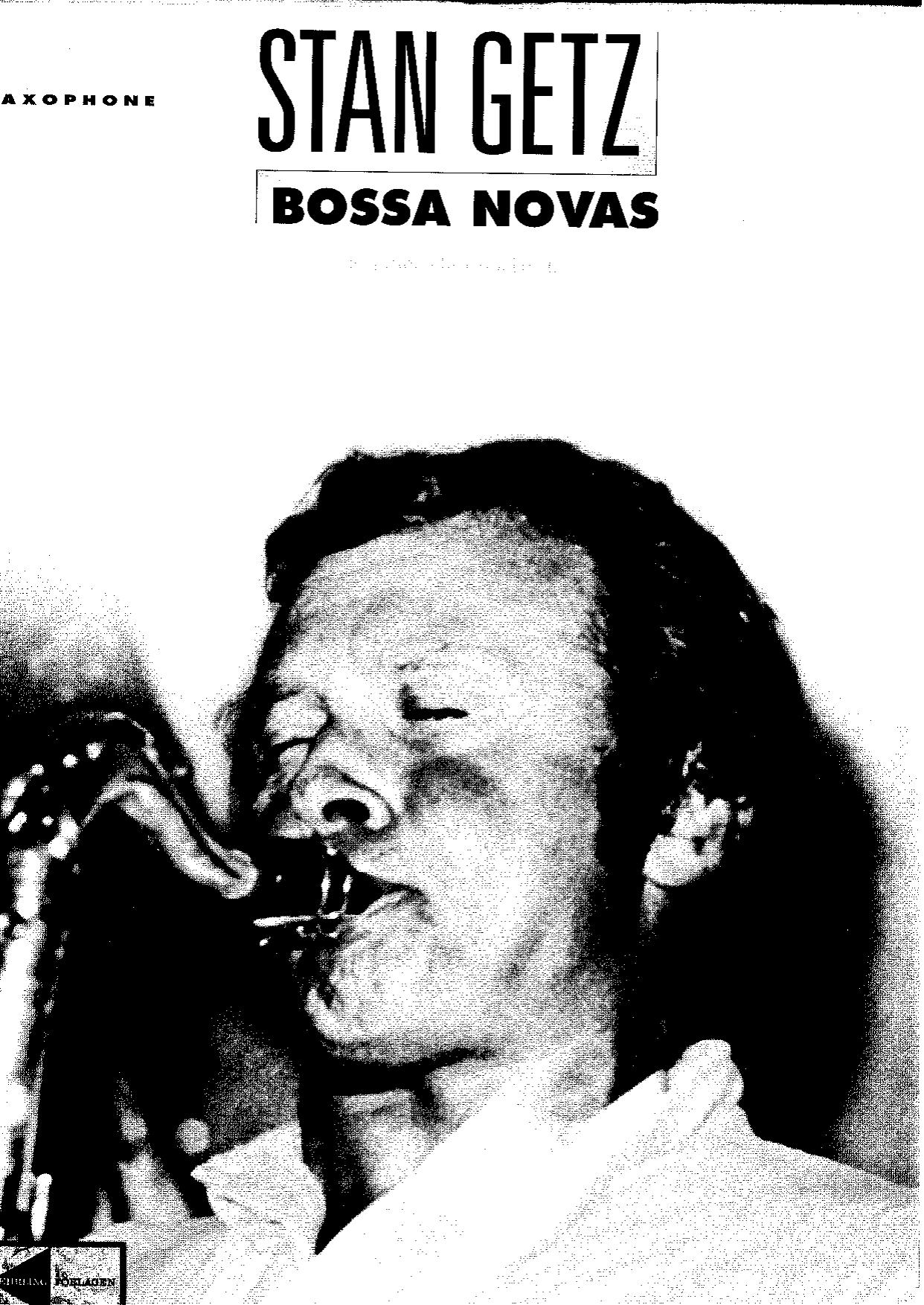
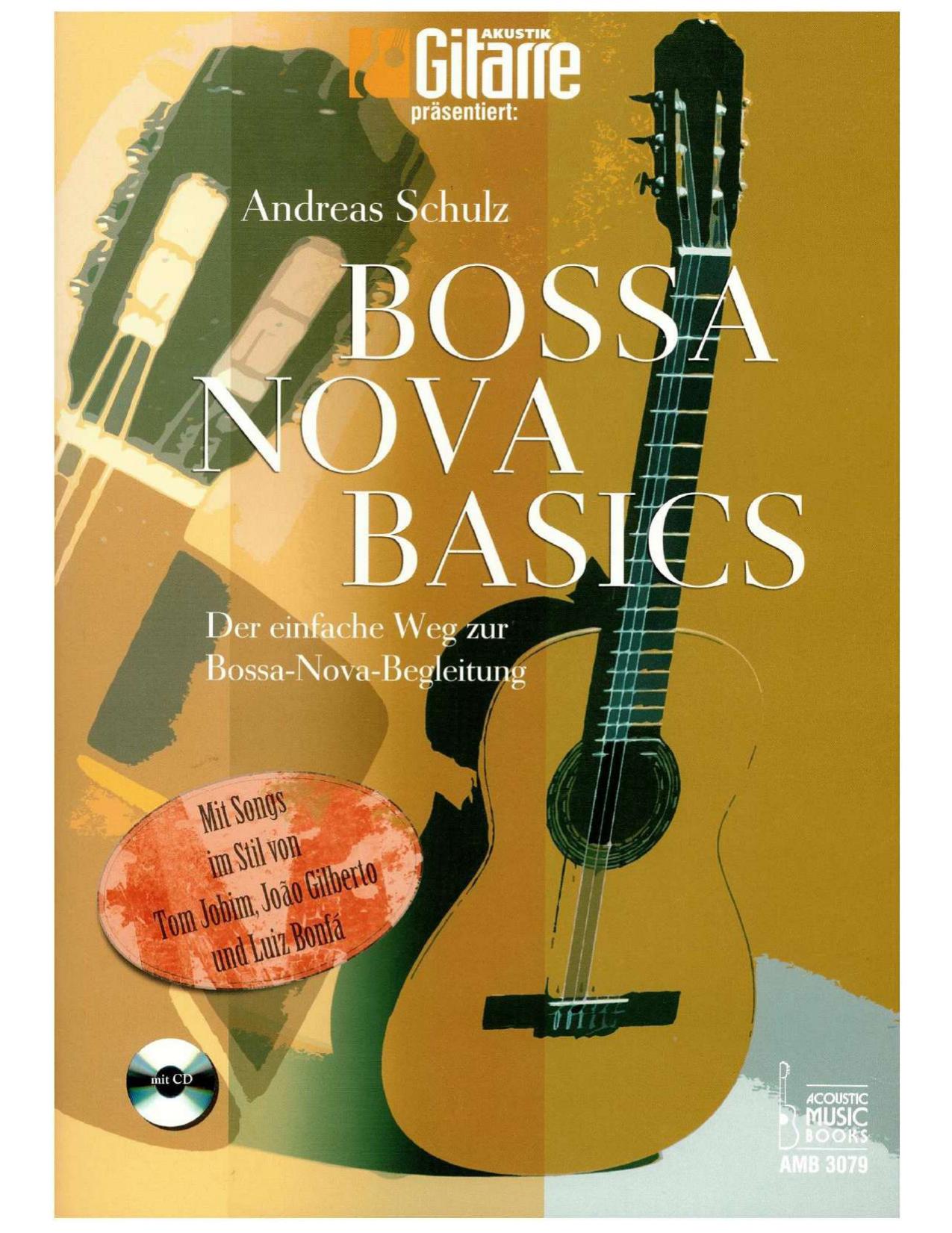
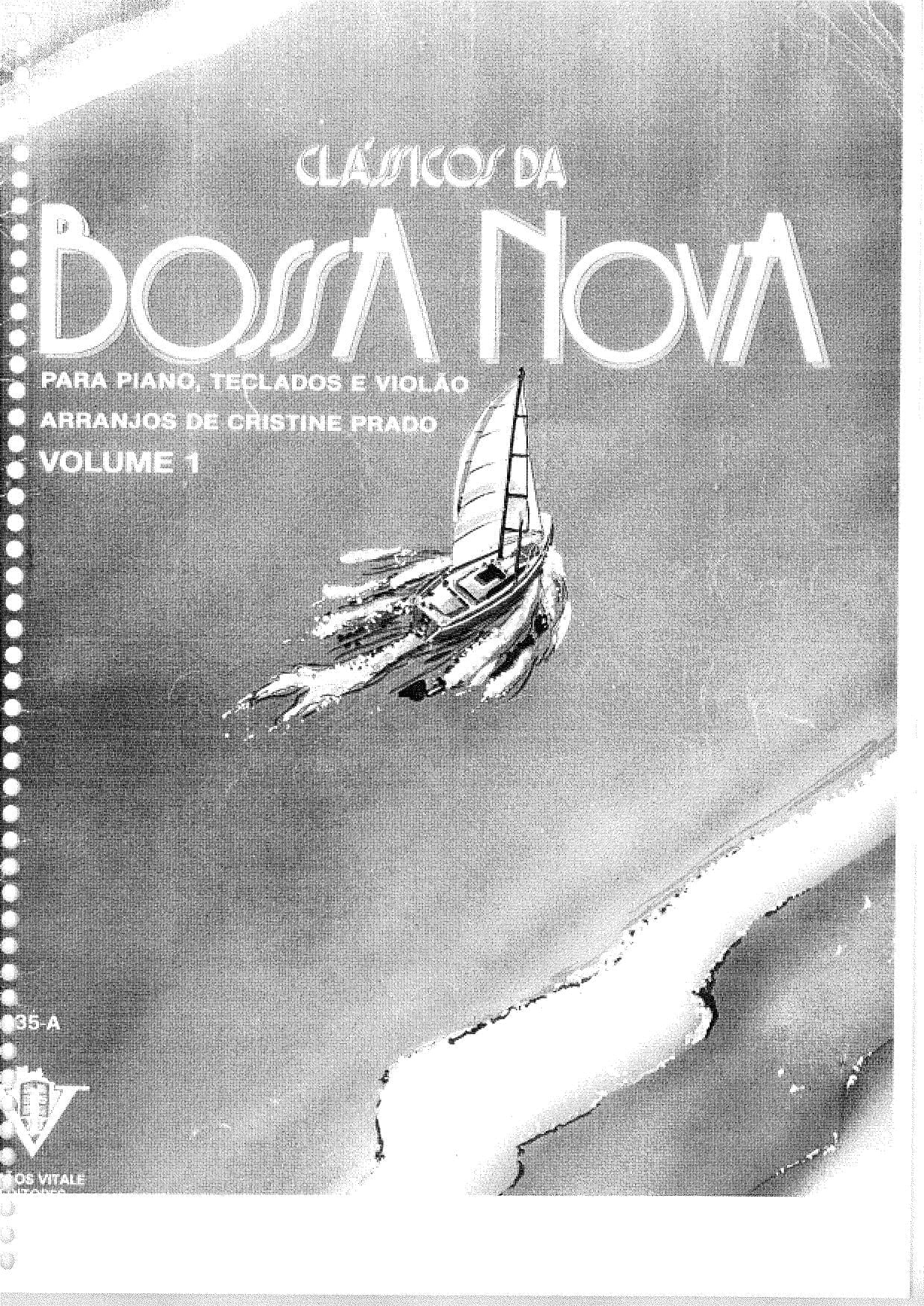
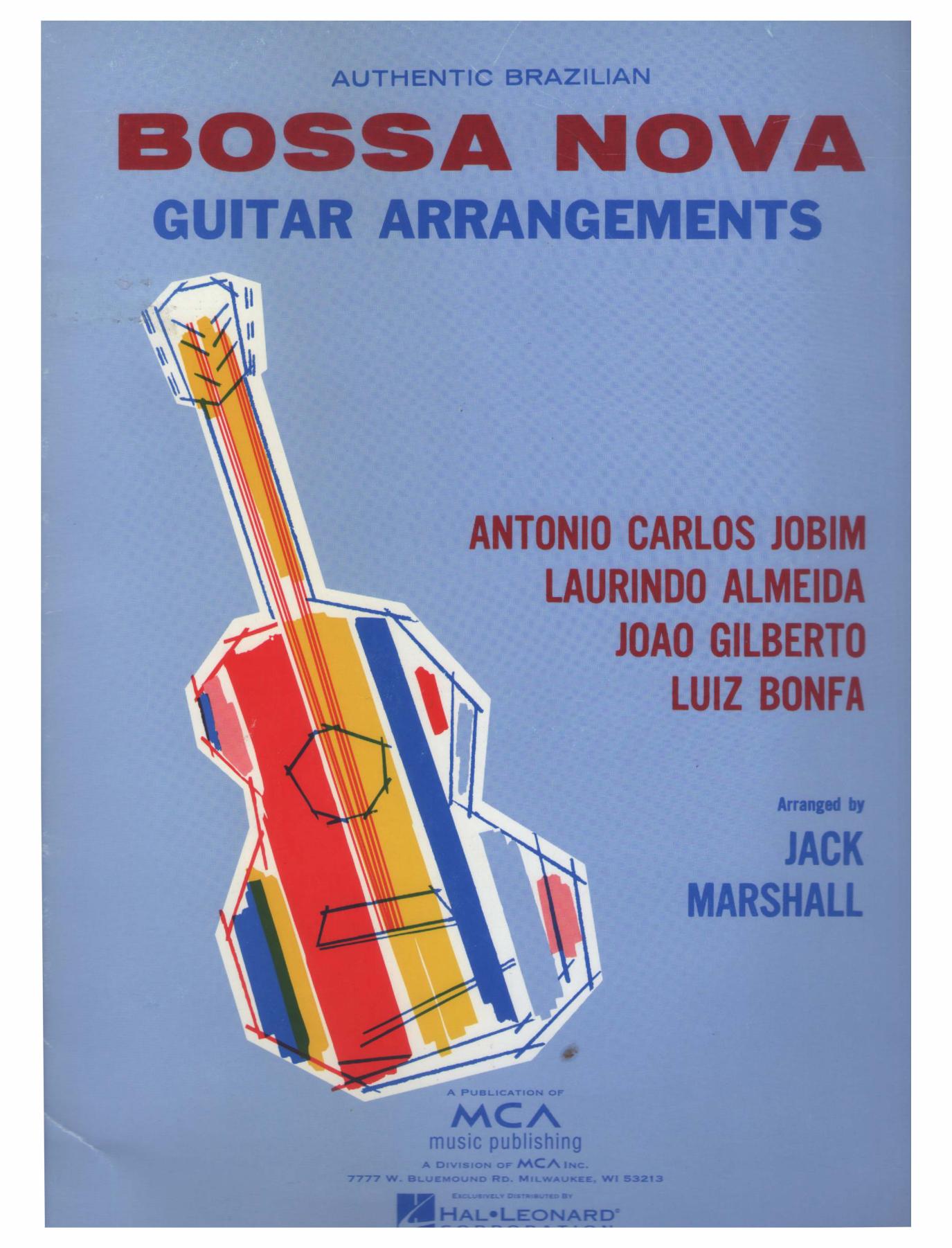
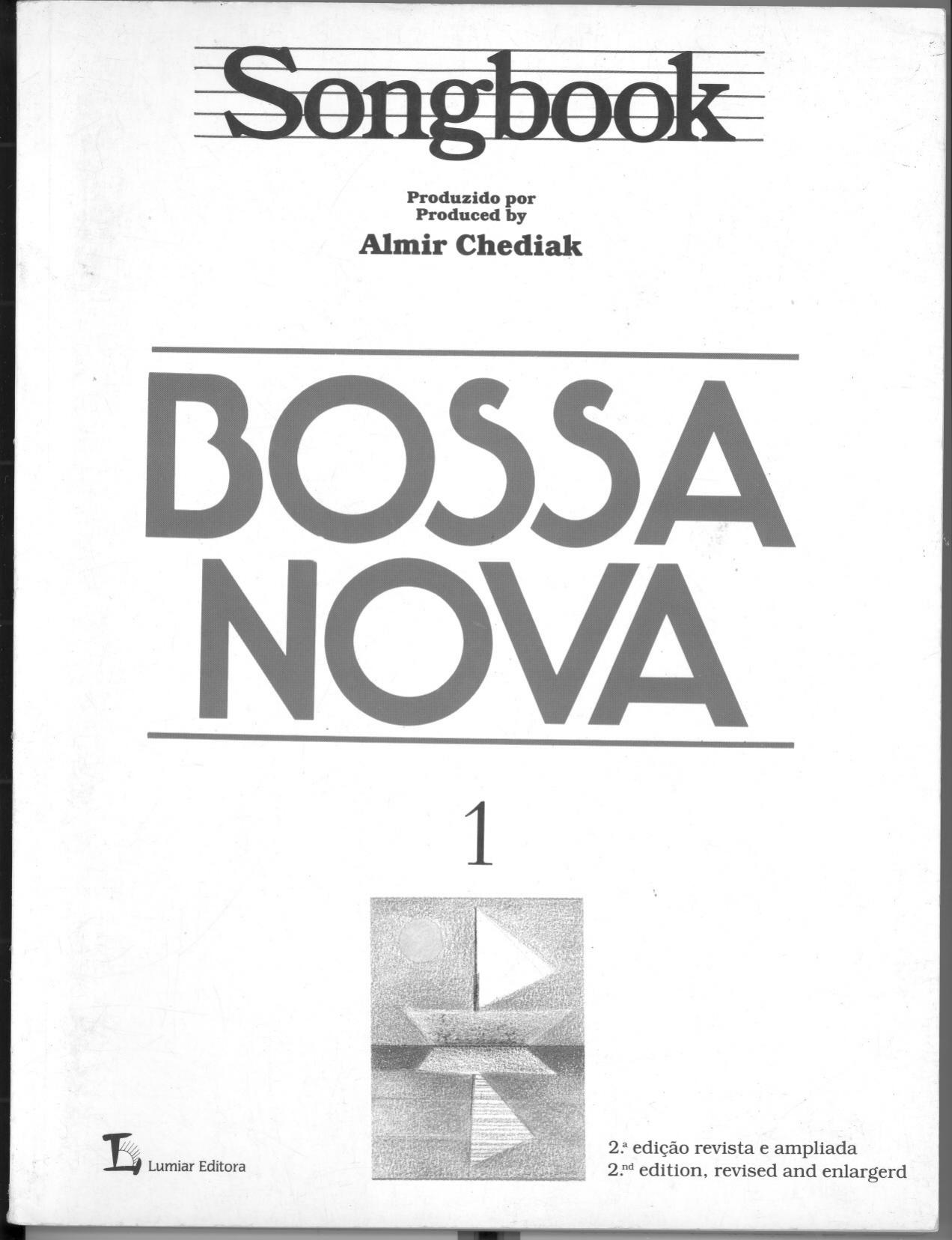
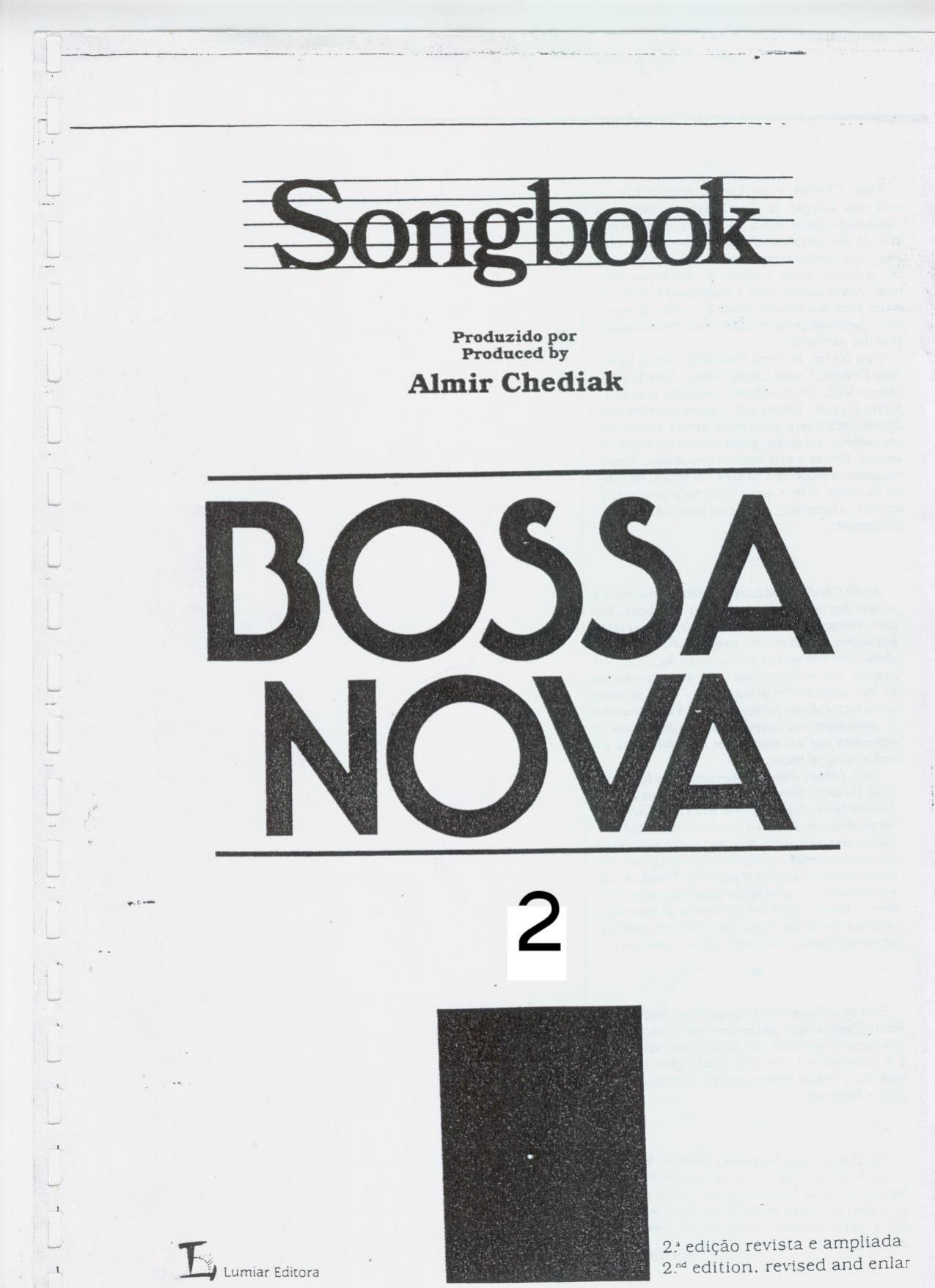
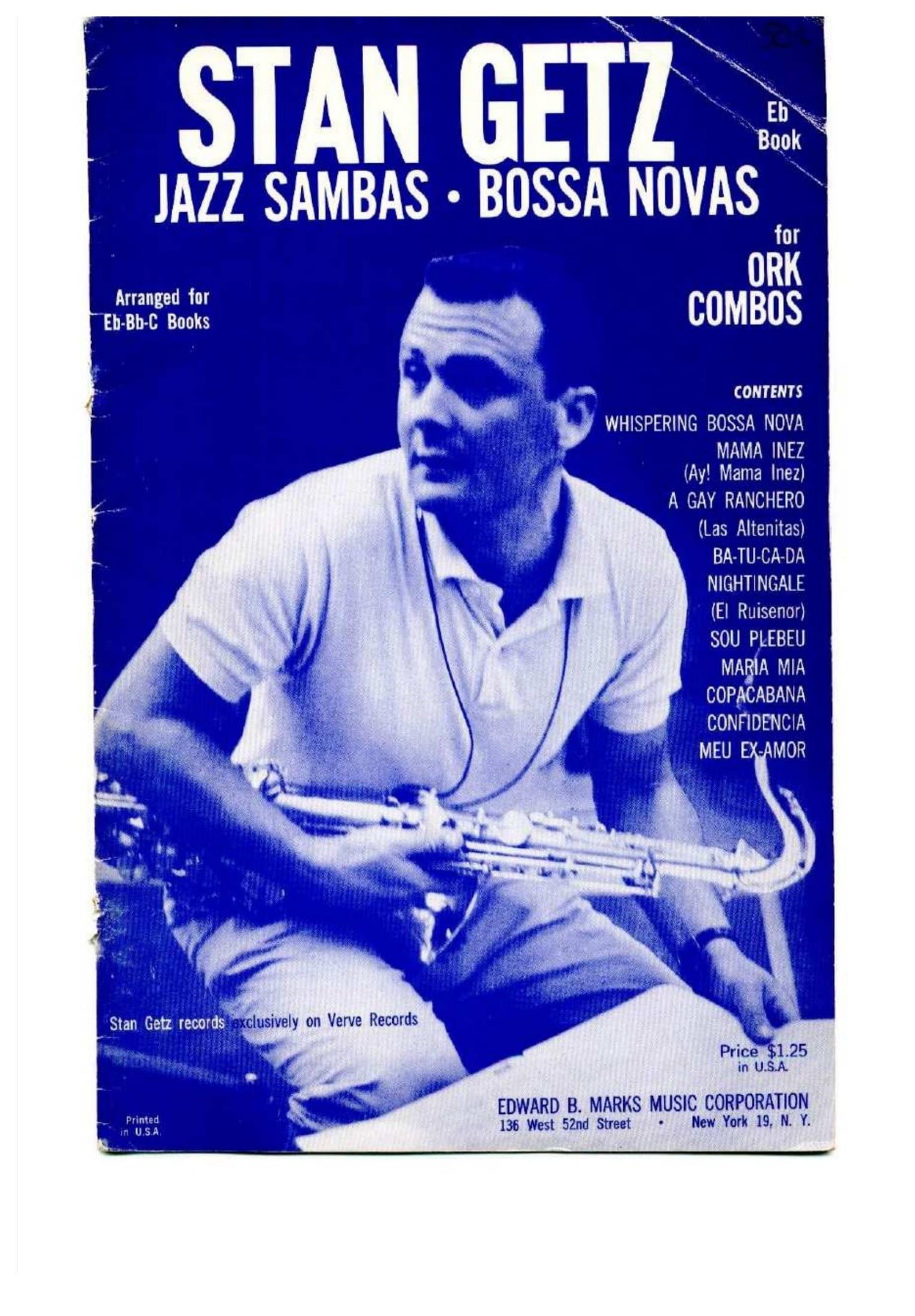

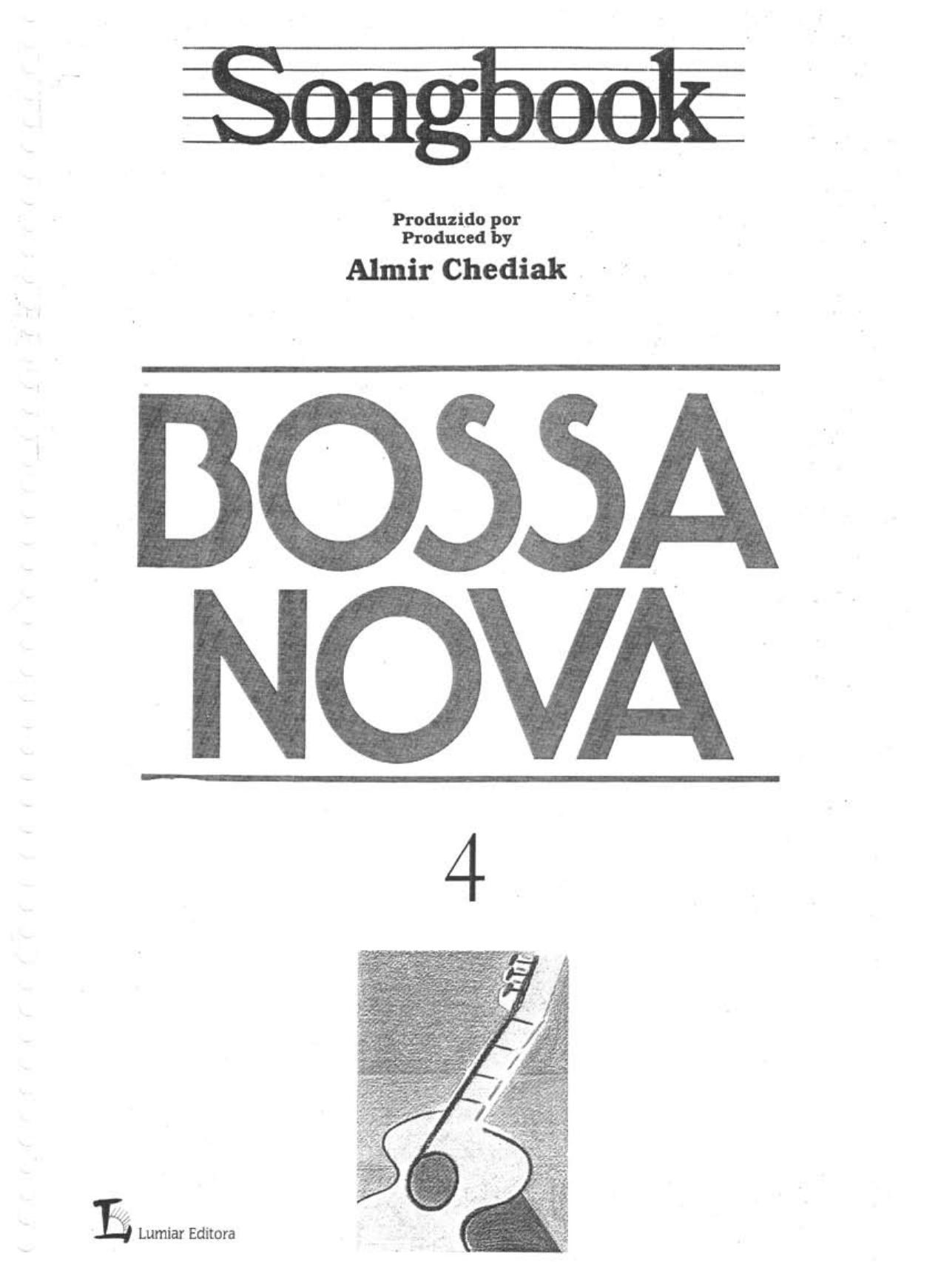
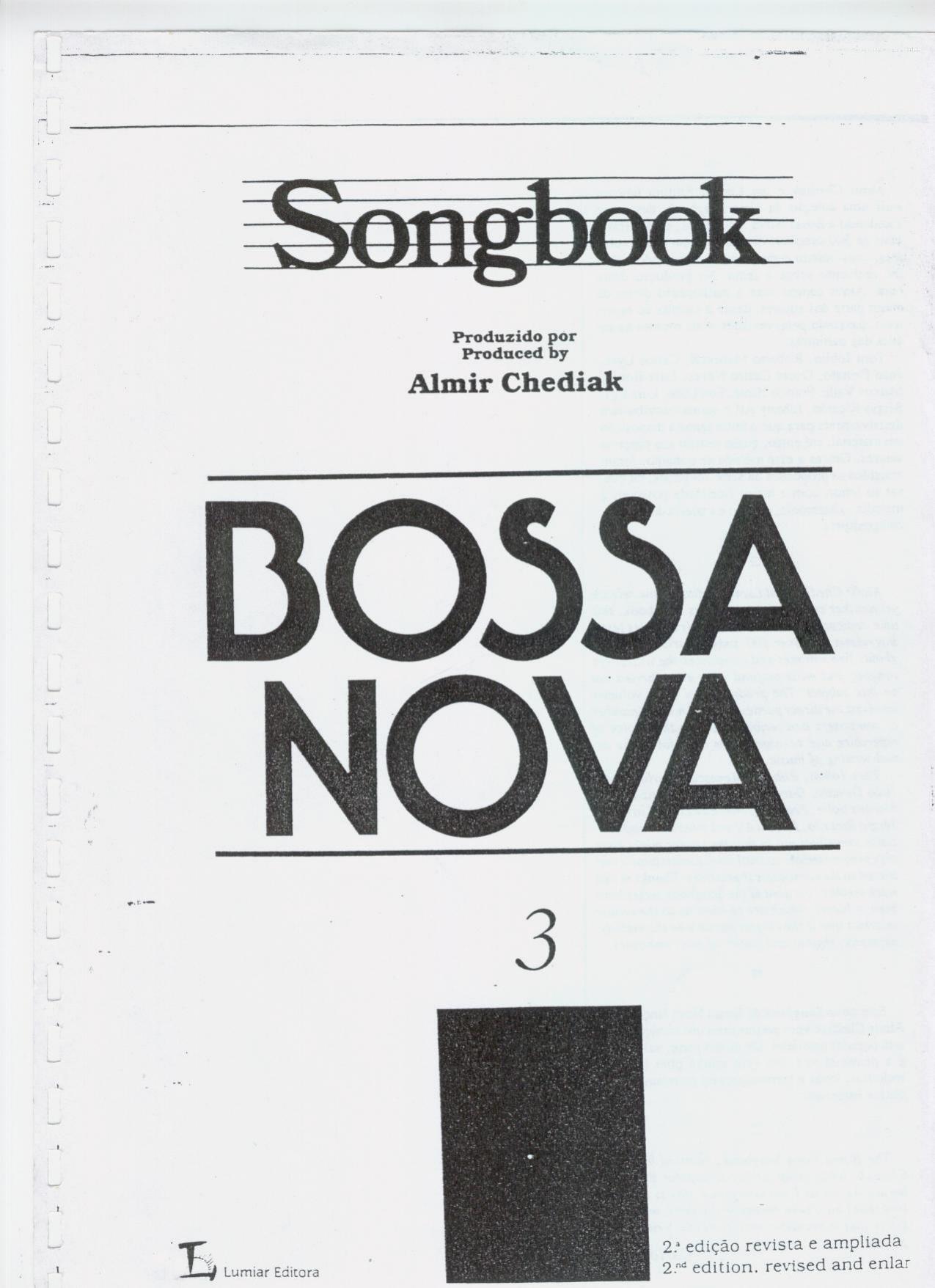
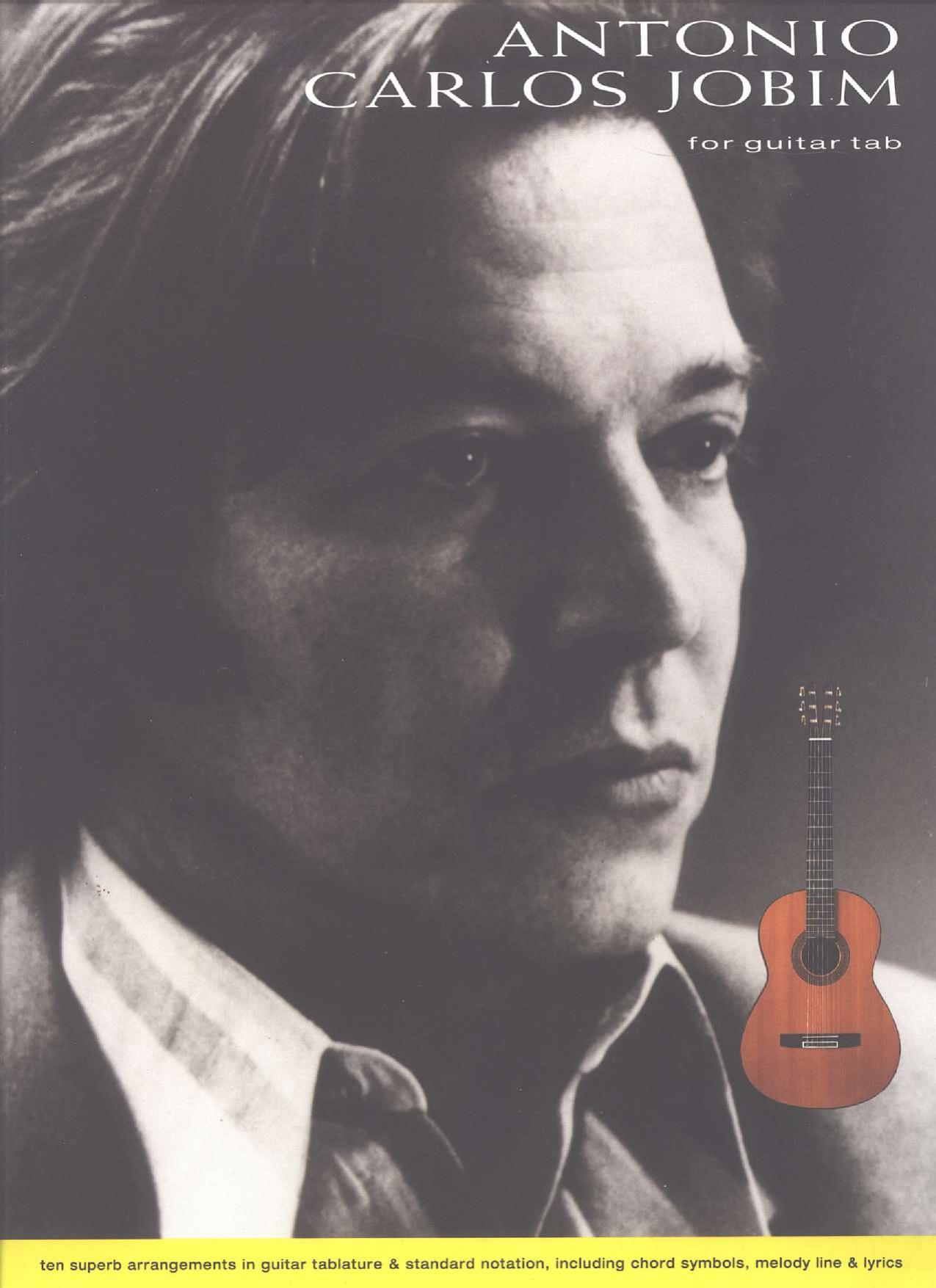
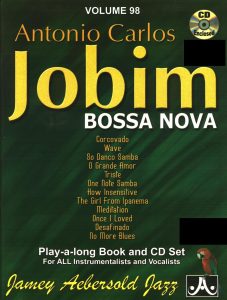



IV. Improvisational Licks: Flowing Over the Changes
Improvisation in Bossa Nova, while rooted in jazz, tends to be more melodic and integrated with the song’s structure than fiery bebop. Key approaches:
- Scalar Approach: Using scales derived from the chords:
- Dorian Mode: Over Minor 7th chords (e.g., Dm7: D E F G A B C).
- Mixolydian Mode: Over Dominant 7th chords (e.g., G7: G A B C D E F).
- Lydian Mode: Over Major 7th chords, especially for a #11 sound (e.g., Cmaj7#11: C D E F# G A B).
- Melodic Minor & Altered Scales: Over altered dominants (e.g., G7alt: G Ab Bb B Db Eb F – derived from Ab melodic minor).
- Chromaticism: Passing tones, approach notes (chromatic below/above target note).
- Arpeggios: Outlining chord tones (1-3-5-7) and extensions (9, 11, 13), often with added passing tones.
- Motivic Development: Taking a short melodic fragment from the theme and developing it rhythmically and melodically through the changes.
- Rhythmic Syncopation: Incorporating the characteristic Bossa Nova rhythmic feel into lines, playing around the beat, using anticipation and delay.
- Lyricism: Prioritizing singable, flowing melodic lines that complement the song’s mood rather than technical displays. João Gilberto’s guitar solos are masterclasses in this.
- Quartal Harmony: Using lines built on intervals of fourths (common in jazz piano comping and soloing over Bossa).
- Voice Leading: Creating smooth connections between phrases by moving to the closest note in the next chord.
V. Chord Progressions & Harmony: The Sophisticated Foundation
Bossa Nova progressions are often cyclical and sophisticated. Here are classic examples:
- The “Jobim” Cycle (I – vii7b5 / III7 – vi7 – ii7 – V7 – I): Found in “How Insensitive” (“Insensatez”). Creates a descending chromatic bass line (C – B – Bb – A – [implied] – G – C).
- Minor Key Turnaround (i – VII7 – III7 – VI7 – ii7b5 – V7 – i): Common in melancholic tunes (“Corcovado” – Cm7 – Bb7 – Eb7 – Ab7 – Dm7b5 – G7 – Cm7).
- Major Key with Modal Interchange (I – iii7 – VI7 – ii7 – V7 – I): The iii7 adds color (“Desafinado” – Eb – Gm7 – C7 – Fm7 – Bb7 – Eb).
- Suspended Cadence (IVmaj7 – IV7 – I): Creates a gentle resolution (“The Girl from Ipanema” verse: Fmaj7 – F7 – Dm7 – G7 – C … then chorus: Fmaj7 – F7 – Em7 A7 – Dm7 G7 – C).
- Diminished Passing Chords: Using dim7 or half-dim7 chords for chromatic movement (e.g., C – C#dim7 – Dm7 – G7).
- Extended ii-V-I: The core jazz progression, but richly extended and often delayed with substitutions (e.g., Dm9 – G13 – Cmaj9#11).
- Planing: Moving a chord shape chromatically or diatonically for a specific color effect.
VI. Influences: The Roots of the New Wave
- Samba: The absolute bedrock. Bossa Nova distilled the rhythmic essence of samba (particularly the “samba canção” – slower, more lyrical samba) while stripping away the large percussion sections and intense energy for a more intimate setting.
- Cool Jazz: The harmonic sophistication, relaxed tempos, emphasis on melody, and understated delivery of Miles Davis (“Birth of the Cool”), Chet Baker, Gerry Mulligan, and especially the West Coast sound were crucial influences.
- Brazilian Modinha & Choro: Earlier Brazilian song forms contributed melodic lyricism and sentimental themes.
- French Impressionism: Composers like Claude Debussy and Maurice Ravel influenced Jobim’s harmonic language (use of whole-tone scales, parallel chords, extended harmonies, ambiguous tonalities).
- American Songbook: The craftsmanship of composers like George Gershwin, Cole Porter, and Jerome Kern influenced structure and melodic writing.
VII. Legacy: The Enduring Ripple
- Global Popularization of Brazilian Music: Bossa Nova was the first Brazilian genre to achieve massive, sustained international success, opening doors for later styles like MPB, Tropicália, and Samba.
- Jazz Transformation: Revolutionized jazz in the early 1960s. Countless jazz musicians incorporated Bossa rhythms and harmonies into their work (Stan Getz, Charlie Byrd, Cannonball Adderley, Herbie Mann, Miles Davis briefly, etc.). “Jazz Samba” became a significant subgenre.
- Influence on Pop & Easy Listening: Its sophisticated harmonies and smooth feel influenced 1960s pop, lounge, and easy-listening music.
- Foundation for MPB (Música Popular Brasileira): As the movement dissolved, its core musicians and innovations became the bedrock for the broader, more diverse MPB movement that emerged in the mid-1960s and continues today.
- Enduring Popularity: Bossa Nova standards remain vital parts of the jazz and Brazilian repertoires, constantly reinterpreted. Its cool elegance and harmonic richness ensure its appeal.
- Film & Media: Its sound became synonymous with sophistication, romance, and cosmopolitanism in countless films, TV shows, and commercials worldwide.
- Modern Revivals & Fusions: Elements of Bossa Nova constantly resurface in genres like lo-fi hip hop, neo-soul, and contemporary jazz.
VIII. Major Works (Compositions): The Canon
- “Chega de Saudade” (Jobim/Vinicius)
- “Desafinado” (Jobim/Newton Mendonça)
- “Garota de Ipanema” / “The Girl from Ipanema” (Jobim/Vinicius)
- “Corcovado” / “Quiet Nights of Quiet Stars” (Jobim)
- “Insensatez” / “How Insensitive” (Jobim/Vinicius)
- “Águas de Março” / “Waters of March” (Jobim)
- “Samba de Uma Nota Só” / “One Note Samba” (Jobim/Mendonça)
- “O Barquinho” (Menescal/Bôscoli)
- “Meditação” / “Meditation” (Jobim/Mendonça)
- “Eu Sei Que Vou Te Amar” (Jobim/Vinicius)
- “Wave” (Jobim)
- “Triste” (Jobim)
- “Só Danço Samba” / “Jazz ‘n’ Samba” (Jobim/Vinicius)
- “Você” (Lyra/de Moraes)
- “Manhã de Carnaval” (Bonfá/Maria) – From “Black Orpheus,” predates but became a Bossa standard.
- “Mas Que Nada” (Ben Jorge) – Popularized by Sergio Mendes.
IX. Filmography: Bossa Nova on Screen
- “Black Orpheus” (Orfeu Negro)” (1959, Dir. Marcel Camus): While predating the full Bossa Nova explosion, its soundtrack by Luiz Bonfá (“Manhã de Carnaval,” “Samba de Orfeu”) and Antônio Carlos Jobim (uncredited contributions) introduced Brazilian sounds to a global audience and influenced the nascent movement. Crucial context.
- “Copacabana Palace” (1962, Dir. Steno): Early Brazilian musical comedy featuring Bossa Nova artists like Sylvinha Telles and Sérgio Ricardo.
- “Garota de Ipanema” (1967, Dir. Leon Hirszman): Documentary short featuring Jobim, Vinicius, and others in Ipanema.
- “Elis & Tom” (1974, Dir. Jom Tob Azulay): Documentary capturing the recording session of the classic album by Elis Regina and Tom Jobim.
- “Bossa Nova” (2000, Dir. Bruno Barreto): Romantic comedy set in Rio, featuring a soundtrack heavy with Bossa Nova classics, reflecting its enduring cultural association.
- Numerous documentaries cover key figures: “João Gilberto: The Man from Bahia,” “Tom Jobim: A Man from Rio,” “Vinicius,” “Sérgio Mendes: In the Key of Joy.”
X. Discography: Foundational Recordings
- Elizete Cardoso: “Canção do Amor Demais” (1958) – The birthplace (with João Gilberto)
- João Gilberto: “Chega de Saudade” (1959), “O Amor, o Sorriso e a Flor” (1960), “João Gilberto” (1961) – Definitive solo statements of the sound.
- Antônio Carlos Jobim: “The Composer of Desafinado, Plays” (1963), “Wave” (1967), “Stone Flower” (1970), “Elis & Tom” (1974 w/ Elis Regina) – Composer’s vision.
- Stan Getz & Charlie Byrd: “Jazz Samba” (1962) – First major US hit.
- Stan Getz & João Gilberto: “Getz/Gilberto” (1963) – The global phenomenon.
- Sérgio Mendes & Brasil ’65/’66: “Herb Alpert Presents…” (1966), “Equinox” (1967) – Pop-infused Bossa.
- Carlos Lyra: “Bossa Nova” (1961), “Depois do Carnaval” (1963) – Samba-rooted Bossa.
- Roberto Menescal: “Bossa Nova” (1961), “O Menescal” (1964) – Guitar master.
- Nara Leão: “Nara” (1964) – The muse’s voice.
- Various Artists: “Bossa Nova at Carnegie Hall” (1962) – Historic live document.
XI. Most Known Compositions & Performances
- “The Girl from Ipanema”: Stan Getz & João Gilberto (feat. Astrud Gilberto & Tom Jobim) – The quintessential version.
- “Desafinado”: João Gilberto (solo version), Stan Getz & Charlie Byrd – Early defining hits.
- “Corcovado” (Quiet Nights): João Gilberto & Stan Getz (Getz/Gilberto), Frank Sinatra & Tom Jobim – Iconic interpretations.
- “Águas de Março” (Waters of March): Elis Regina & Tom Jobim (Elis & Tom) – Often considered the definitive Brazilian recording.
- “Chega de Saudade”: João Gilberto (1958 single/1959 LP) – The genesis.
- “Insensatez” (How Insensitive): Frank Sinatra & Tom Jobim – Classic Sinatra/Jobim album version.
- “One Note Samba”: João Gilberto, Dizzy Gillespie w/ Lalo Schifrin – Showcases rhythmic/harmonic core.
- “O Barquinho”: Roberto Menescal, Nara Leão – Quintessential Bossa ballad.
- “Mas Que Nada”: Sérgio Mendes & Brasil ’66 – Massive international pop hit.
Bossa Nova: The Gentle Wave That Endures
Bossa Nova was more than just a musical style; it was a moment of cultural refinement and international connection emanating from the beaches of Rio. Its genius lay in its subtlety – distilling the complex energy of samba into an intimate whisper, marrying it with the harmonic depth of jazz and classical impressionism, and delivering it with unparalleled cool. Though its peak as a cohesive movement was relatively brief, its innovations permanently altered the landscapes of Brazilian music, jazz, and global popular culture. The timeless beauty of “Garota de Ipanema,” the sophisticated melancholy of “Corcovado,” the intricate guitar patterns of João Gilberto, and the lush harmonies of Jobim continue to captivate listeners, ensuring that the “new wave” remains a vital and enchanting current in the river of music.
Browse in the Library:
Or browse in the categories menus & download the Library Catalog PDF:
THE BEST OF JOAO GILBERTO – JOAO GILBERTO GREATEST HITS FULL ALBUM
Best Jobim Bossa Nova – Part I by Sangah Noona
00:00 Corcovado 03:28 One Note Samba 06:13 Luiza 09:16 The Girl (Boy) From Ipanema 12:26 Dindi 16:25 O Grande Amor 19:50 Wave
Baila Nova plays Jobim – 40 Minute Compilation of Tom Jobim songs (& one by Djavan)
SONG LIST: 00:00 – Garota de Ipanema (Girl From Ipanema) 05:02 – Insensatez (How Insensitive) 08:56 – Águas de Março (The Waters of March) 12:49 – Desafinado 20:53 – Flor De Lis (Song by Djavan) 26:02 – A Felicidade 31:17 – Corcovado 36:15 – Eu Sei Que Vou Te Amar
